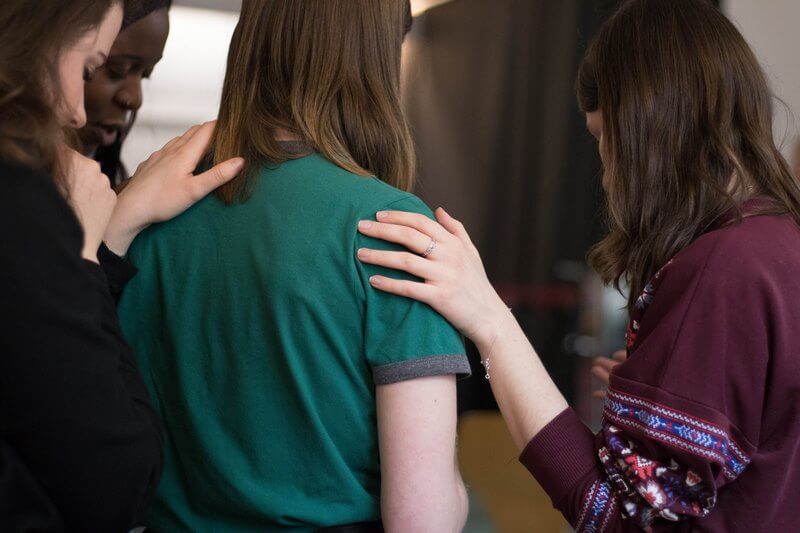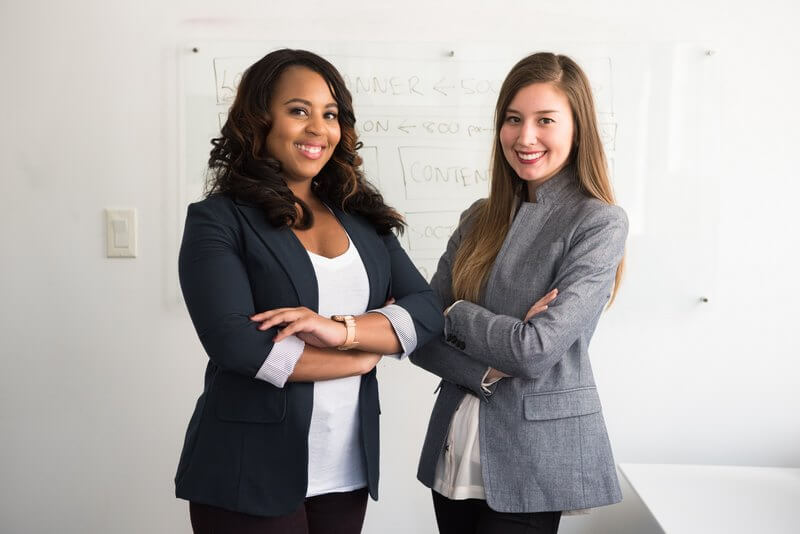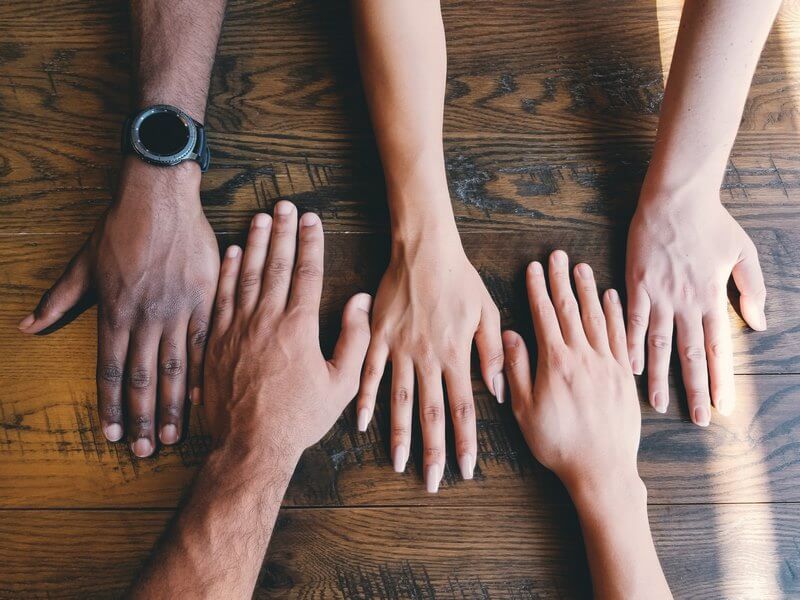
Inspired by my colleagues
The importance of diversity in disaster management is vital to future emergency response. I recently listened to my colleague Mark Hoffman‘s The Resilient Journey podcast Episode 13 – Racial Inequity in Resilience (Part 1) with Vince Davis. After listening, I revisited former Disaster Empire post blogs, one being Cultural Awareness In Disaster Response and the other Ten Inspirational Ted Talks for Disaster Professionals. In both, I tackle the importance of cultural awareness to foster resilience. Now, I am thinking about enabling minorities to engage in disaster management and resilience.
Diversity, Equity, and Inclusion (DE&I) are a rising focus in corporate workplaces. If you want to dive deeper into the topic, I recommend reading McKinsey & Company’s Diversity wins: How inclusion matters (May 19, 2020) report. Another one is Ashley Stahl’s What’s To Come In 2021 For Diversity, Equity And Inclusion In The Workplace, published in Forbes in April 2021. Both had me thinking not only about business cultures but also about disaster relief in our communities. Read on because my take might be a little different than you’d expect.

I'm not color blind
So, let’s level-set. You can see my picture on the blog. I speak from the lens of a white, upper-middle-class American woman. That is my frame of reference. Looking at me, you will make those assumptions, just as I do about you. It seems natural for a human who evolved from an eon’s worth of ancestors living in tribes. However, like you, there is more to me than what you see outside.
I do see color when I first meet someone. For me, that’s okay. It’s a frame to understanding. However, it isn’t a reason to judge that person solely on that frame. The majority of my professional interactions when meeting someone new is to build connections points of common ground. To work effectively with another person, you need to establish alikeness and difference—setting the boundaries for understanding.

How enabling diversity helps
Next, let’s think about corporate environments. Today, the majority of successful companies are global on some level. Either they are positioned with offices in multiple countries or work with third parties who provide services worldwide. Even if businesses are US-based, they work across areas with regional differences. Often, companies are offshoring critical services to vendors who operate in different parts of the world. To get top talent, resources, and market share, they must recognize and embrace a multicultural workplace.
Sadly, I do not get to spend enough of my days researching and gaining greater insight into these issues. Instead, I am mainly living them. Regularly, I interact with people all over the United States and often from other nations. For me, investing time in continuous learning pays off here, including a book I recommend, The Culture Map by Erin Meyer. In it, she seeks to break through the invisible boundaries of global business. Globalization is here, and to thrive in today’s mega-companies, it’s essential to have the soft skills to interact with a wide variety of individuals.

When being culturally biased is a benefit
Okay, so far, I think you are all with me. None of this is new to any of you operating in the global marketplace. Where I differ is when it comes to disaster management. I agree with Vince Davis‘ sentiment that we need an increased representation of multiple ethnicities in Emergency Management. We especially need greater inclusiveness in senior leadership positions to guide strategic decision-making.
I take a stand at the community level. Things need to change there. In my Ten Inspirational Ted Talks for Disaster Professionals, I highlight the fantastic work of a diverse group of practitioners who have so much to teach us about disaster resilience. Two of the talks that resonate the most strongly with me are: There is nothing natural about disaster by Rohini Swaminathan and Smart Disaster Recovery by Chamutal Afek Eitam. However, the theme that runs through most talks is that members of the local culture and minority groups need to control their disaster process. So, cultural specificity is a benefit in disaster response. Communities and minority groups need to be supported to invest in their preparedness, planning, and mobilization to create disaster resilience.

Digging down deep into cultural awareness
Yes, diversity in disaster management is necessary. It is essential to be mindful of cultural awareness in disaster response. I previously talked about how bringing variety into emergency management is challenging. It was drilled into me years ago that all disasters are local. They begin and end that way. The job of emergency management is to support the community it serves to respond and recover.
All voices need representation in corporate environments, and all disaster structures, public and private, should include diverse input. I don’t want to lose the richness and color–I am using that word purposefully, of variety in thought, expression, practices, and outcomes. Each group needs to decide what course is best for them, regardless of what you or I believe. One concern I have is that we will become a conglomerate of uniformness. What a boring world that would be!

Human categorization of race as a starting point
I think Vince Davis would agree with me here, but if he doesn’t, I hope he’ll tell me. He’s one of the creators of The Native Family Disaster Preparedness Handbook, which seeks to help others understand the unique need of working with these groups. As Duane Champagne writes in Indian Country Today, American Indians do not form an ethnic group. They are composed of thousands of independent nations, communities, and cultures with very different and specific identities. I know that the handbook intends to provide greater insight and some overarching guidance.
From my frame, “white” as a term stereotypes a broad range of people based on skin color and identity. Yet, this is just as off-putting to me as any other generalization. Whites are American, English, French, German, Italian, Polish, Portuguese, and Swedish, to name a few. People whose proud cultures, histories, food, and languages vary widely. I understand the intent of labeling as a starting point. Let me know if you feel different. However, I want to live in a world that honors all races, ethnicities, and communities to make sovereign decisions in managing disaster events.

Guideposts not goal posts
Hopefully, you are still with me. So, where am I going with all of this? I am navigating through my lens and owning my own biases. To do this, recognizing diversity is a guidepost, not an end goal. I see myself as a coach, not the ultimate decision-maker. Yes, I may layout recommendations, share expertise, or indicate regulatory specifications, but prioritizing organizational and personal needs stays with the customer. My purpose is to help empower resilience.
Discussions about DE&I help us understand strengths and opportunities for improvement. Encouraging diversity in disaster management is vital so that practitioners champion populations served. Conversely, losing any voice from the conversation is a detriment and only helps to drive deeper wedges in understanding. To effectively prepare for and respond to disasters, we want input from many perspectives but not at the cost of divergence from preserving community resilience.

To hear more thoughts on Bias and Diversity, check out The Resilient Journey podcast with Lisa Jones & Andreas Bryant.
